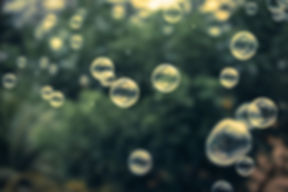
STEM preschool Castro Valley S.T.E.M. Sprouts Preschool science technology engineering math reggio emilia emergent


I'm a description. Click to edit me



What is S.T.E.M.?
By introducing S.T.E.M. concepts in early childhood, we help prepare today’s children to become tomorrow’s innovators, thinkers, entrepreneurs, and stewards of global well-being.
Science is a way of thinking. With science, we observe, experiment, and make predictions. We ask questions about things and objects, and wonder how things work.
Science is understanding the natural world, and the process of exploration called scientific inquiry.
Technology is a way of doing. With technology, we use tools to be inventive, solve problems, and make things work.
Engineering is a way of doing. In engineering, we solve problems using a variety of materials. We design, create and build things.
Math is a way of measuring, sequencing (1, 2, 3, 4…), patterning (red, yellow, blue, red, yellow…), and exploring shapes, volume (holds more or less), and size (bigger, less than).

STEM explorations through every day experiences provide children many opportunities to...
-
Ask questions
-
Make sense of what they observe
-
Build a coherent understanding of the world around them
One of the great things about S.T.E.M. education in preschool is that it's not just for boys...it's equally available and accessible for boys and girls!
“The principle goal of education in the schools should be creating people who are capable of doing new things, not simply repeating what other generations have done.” -- Jean Piaget
“A teacher is a compass that activates the magnets of curiosity, knowledge, and wisdom in the pupils.”
- Ever Garrison
Building their brains in preschool
Current brain research has confirmed that in early childhood years, positive and varied experiences are crucial to laying the groundwork for later capabilities. In the early years, young children’s brain cells form connections (synapses) very rapidly. These connections are in part formed by interactions, experiences – these positive experiences profoundly stimulate the young brain. By the time they are three years old, they will have twice as many neural connections as adults!
After this, connections that aren’t used are eliminated, called “pruning.” This is a necessary process, just like in a garden where you prune away things not needed, so that enough sunlight and food lets the essential things grow and flourish. Children’s brain connections that have been used repeatedly in the early years become stronger and tend to remain; those that have not been used much are pruned away, to allow for that child’s ‘used or needed’ connections to thrive and strengthen.
Offering these varied and rich experiences in early childhood environments help lay the foundation for the scope of their abilities in these exact areas later on. Expose them now to these experiences and concepts, and their brains will make framework connections that they can rely upon later!